Sungrow Power Australia (SPA) is addressing vegetation management issues, which prompted the closure of five of its solar farms from 22 February 2025, in central and western Victoria, following an inspection blitz of 18 facilities conducted by Energy Safe Victoria (ESV).
A dedicated renewable energy ESV team visited central and western regions of the state, ordering the five facilities to switch off over bushfire concerns until undergrowth at the sites are cut back to comply with official guidance measures.
Of the 18 solar farms inspected in the Shepperton, Bendigo, Kerang and Mildura areas, the five belonging to subsidiaries of SPA are located approximately 200- and 400-kilometres northwest of Melbourne, in central Victorial
It is the second closure in a month for the 20 MW / 20 MWh Raywood solar farm and battery energy storage system (BESS) where a Sungrow inverter caught fire, 180 kilometres north of Melbourne during the blitz period
ESV said when the officers attended the scene, they observed a lack of adequate vegetation management including insufficient fire breaks and vegetation that had grown too high.
Officers also had concerns about how vegetation was being managed at four other undisclosed Sungrow solar farms, two of which were inspected as part of the blitz.
Energy Safe Chief Executive Officer Leanne Hughson said energy businesses have to prioritise safety and ensure their installations do not present a risk to the community.
“At the beginning of summer last year, we wrote to the operators of all solar farms in Victoria to ensure they were actively managing safety risks during the fire danger period,” Hughson said.
“That includes managing vegetation on the sites to minimise the risk of a fire spreading in the unlikely event that one starts in equipment. Solar farm owners and operators have a legal duty to minimise bushfire risks and if they don’t, we will take action to protect people and property.”
According to ESV’s guidance for solar farm owners and operators, it expects grass height near any electrical installation or equipment to be no more than 100 mm during the declared fire danger period (FDP) in line with Victoria’s Country Fire Authority’s own guidelines for renewable facilities.
This content is protected by copyright and may not be reused. If you want to cooperate with us and would like to reuse some of our content, please contact: editors@pv-magazine.com.
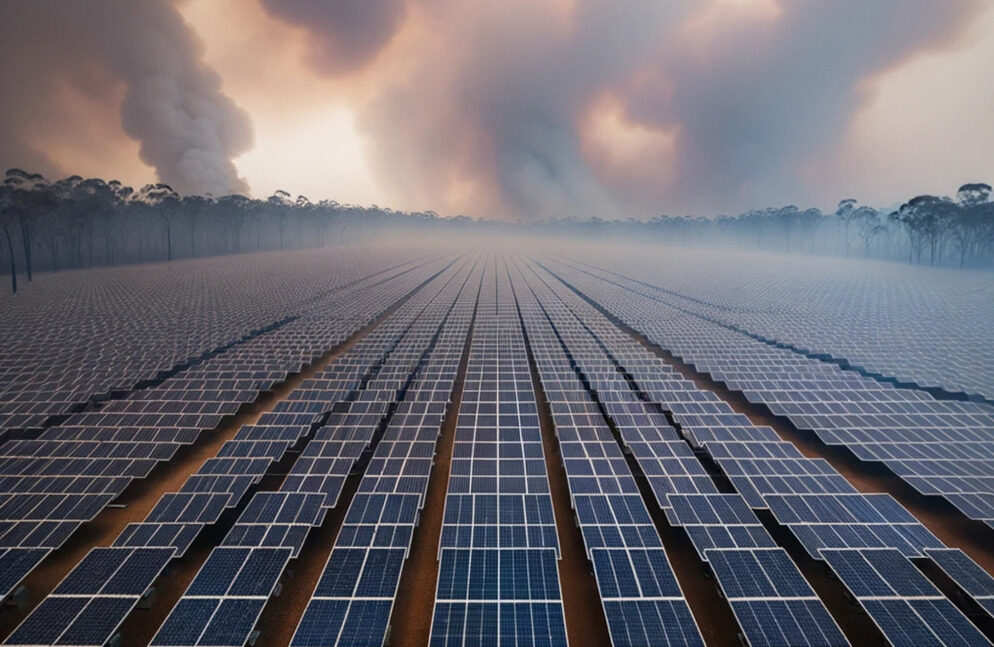
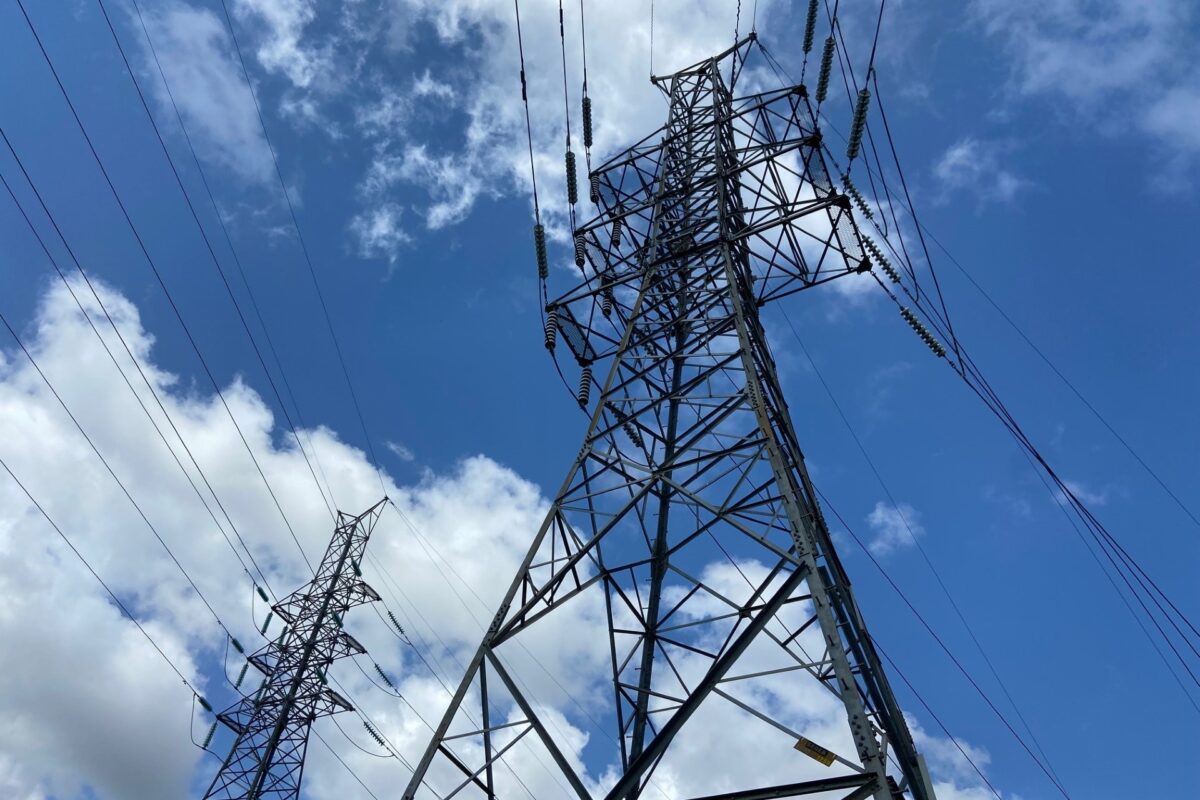


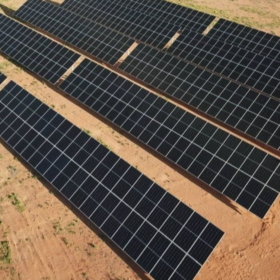
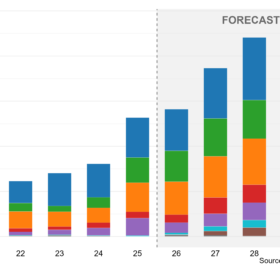
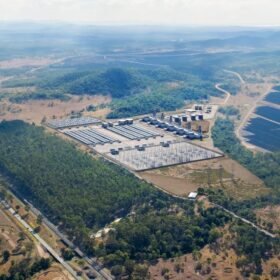
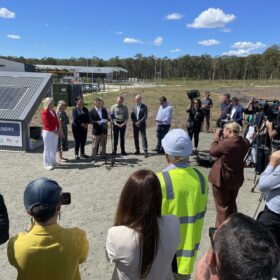
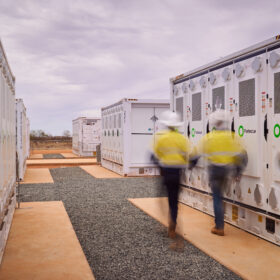
So, why not raise the solar structures by several feet and let sheep graze freely, to keep don the vegetation, so only marginal bush remains? If sheep won’t eat it goats will!